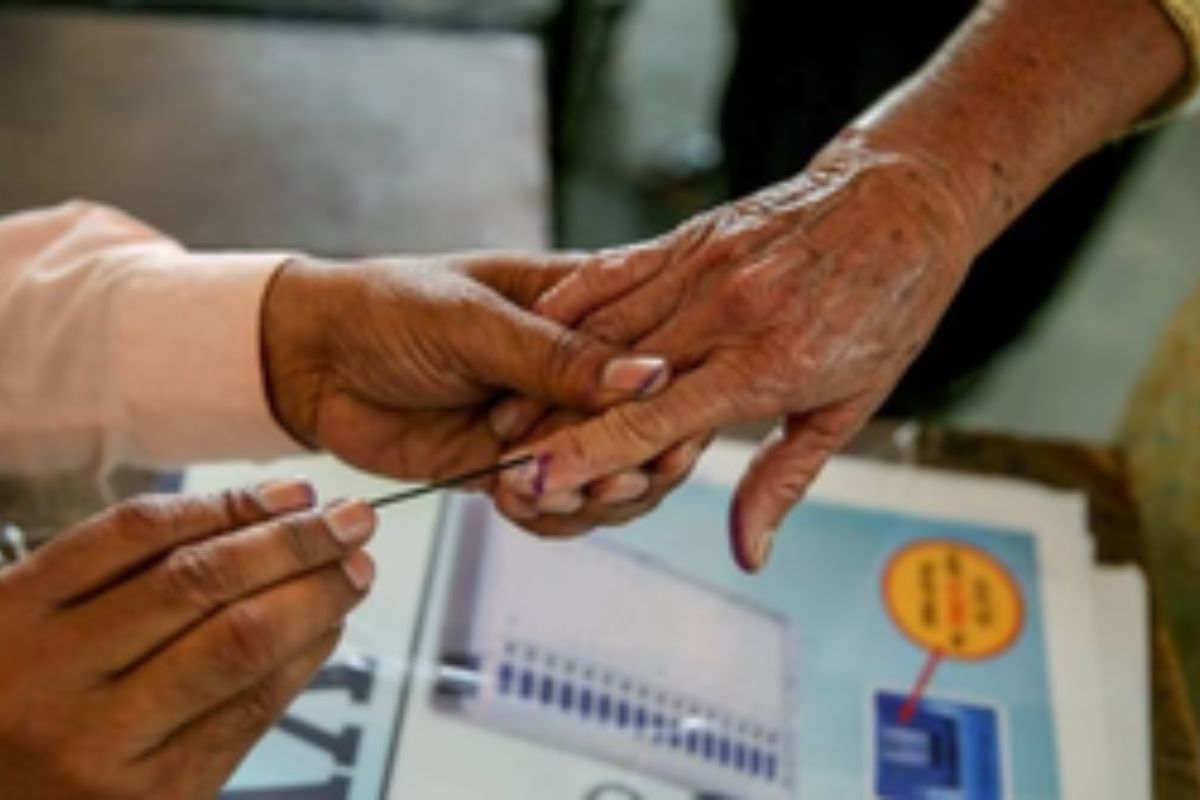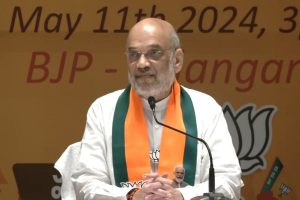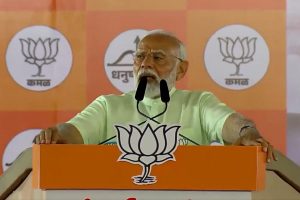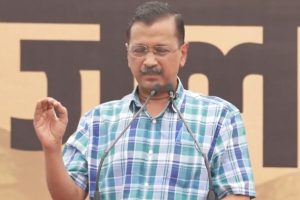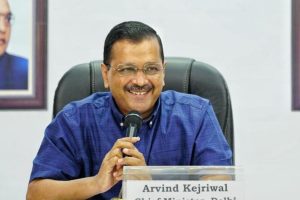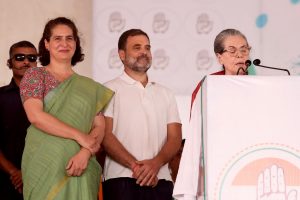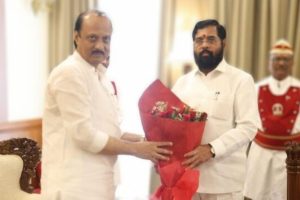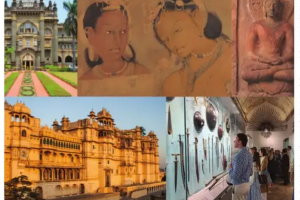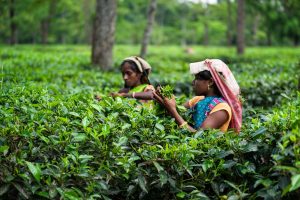As votes are cast in the third phase of the general elections today, in Karnataka, where the remaining 14 of its 28 Lok Sabha constituencies go to the polls, the spotlight sharply turns to the north of the state. This follows the second phase on April 26, where constituencies dominated by the Vokkaliga community had their say. Today, it’s the turn of North Karnataka, a region where the Lingayat community has a significant demographic and political influence.
This phase of elections is crucial, not just for the immediate electoral outcomes but for the deeper political narratives it may establish. The battle lines are drawn between seasoned BJP stalwarts such as former chief ministers Jagadish Shettar, Basavaraj Bommai, and union minister Pralhad Joshi, against a younger brigade from Congress, signalling a deliberate clash of generations and ideologies. These contests underscore a pivotal theme in Indian politics: the enduring tug-ofwar between traditional caste dynamics and the evolving aspirations of a new voter base. Historically, the Lingayat community has been seen as a cornerstone of electoral politics in Karnataka, wielding substantial influence over election outcomes.
Their vote has often been perceived as a bloc that could make or break political fortunes, particularly for the BJP. However, the strategic decision to field non-Lingayat candidates in places like Hubballi raises questions about whether traditional loyalties will hold firm or give way to broader issues such as development, governance, and policy impact. The “Modi factor” that the BJP leans on heavily is tested here anew in the context of local socio-political dynamics. Will the charisma of a national leader sway voters in a region where local issues and identities are deeply rooted? This election might provide some answers, testing the waters for how far-reaching the Prime Minister’s appeal really is in the granular politics of Karnataka. Moreover, the introduction of younger Congress candidates could potentially recalibrate voter interest and expectations, particularly among the youth and first-time voters.
These candidates bring with them a promise of change and a focus on progressive governance, challenging the traditional political narrative that has often been centred around caste and community. As voiced by local leaders and influential seers, there’s a palpable call for a shift towards meritocratic and development-oriented politics, moving beyond the caste-driven electoral strategies that have dominated the landscape. This sentiment resonates with a broader national desire for politics to transcend traditional boundaries and focus on inclusive growth and governance.
As voters in North Karnataka head to the polls today, they carry with them the potential to influence not just the electoral map but the very nature of political engagement in the region. Will they reinforce the traditional caste equations, or will they pivot towards a more issue-based voting pattern? The outcomes here could signal a significant shift in how political parties strategise and campaign in the future, not just in Karnataka but across India

